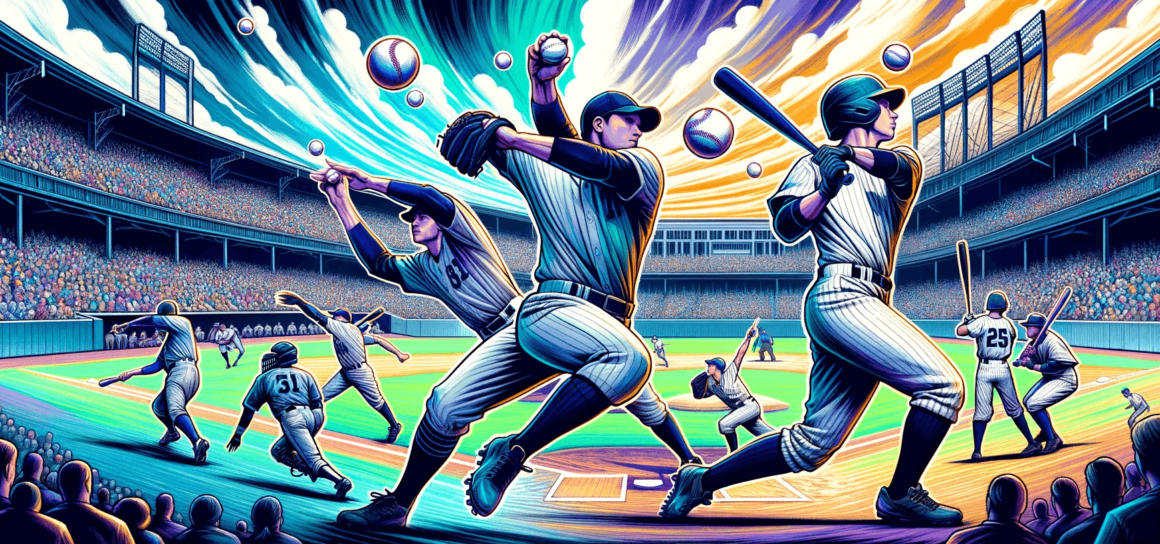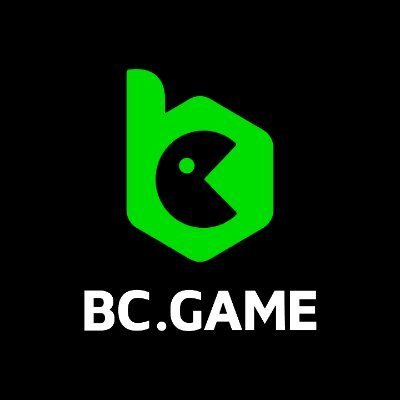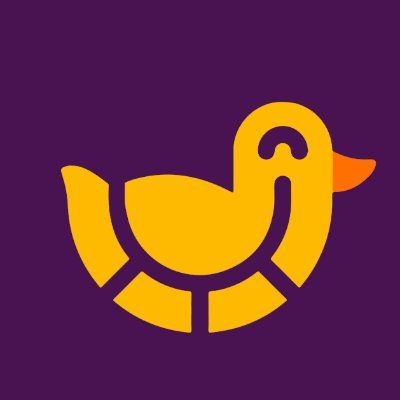Baseball Terms: Full Glossary for Beginners
If you’re interested in learning about baseball, getting ready to play it, or you’re just looking to dip your toes into baseball betting, there are some important terms particular to the game you should be familiar with.
You may have watched a baseball game and not understood a thing, even with the live commentary. We can absolutely relate to that! Baseball is an exciting sport, but for better enjoyment, you also need to know the lingo. Not to worry! You have found just the right article to put you in the know before we head into the new MLB season.
Here, we will explain the basic baseball terms, the situations they describe, and when they ought to be used. We will be learning about pitching, batting, fielding, running, field area terms, and general terms in baseball.
Let’s dive right in!

Pitching Terms
Pitching is how a baseball game starts. It’s the act of throwing a baseball towards the home plate, and it’s one of the most common “baseball words.” Here are some others related to it:
Balk
A balk is called by the umpire when a pitcher tricks runners into believing they are pitching when in fact, they are trying to make the runners advance to the next base. It is an illegal strategy in the game, and when it is called, runners are allowed to advance by one base.
Battery
This describes a duo consisting of the pitcher and catcher, also known as battery mates. This is one of many baseball sayings with a play on words.
Ace
This refers to exceptional starting pitchers in a baseball team, who will usually be the first pitchers on the rotation. The term is usually reserved for the best of the best, such as Max Scherzer and other MLB stars.
Closer
Also known as a relief or closing pitcher, the closer finishes games by getting the final outs when their team is in the lead.
Southpaw
This is used to describe a left-handed pitcher. This term stems from the fact that baseball stadiums are built so that a left-handed pitcher’s arm is usually facing the south.
Beanball
A beanball or bean is baseball slang for a pitch made to intentionally hit the batter, especially their head, if they do not move out of the way.
Pitch Around
This describes a situation where the pitcher throws pitches slightly outside the strike zone, deliberately, to make the batter swing wildly.
No-no
Also referred to as a no-hitter, this describes a game where no hits are made. A no-no is rarely witnessed, though there is a famous instance of Dock Ellis managing a no-hitter game while high on LSD.
Meatball
This term describes a pitch that is very easy to hit.
Curveball
It is one of the most common baseball terms and is used even outside baseball. A curveball describes a pitch that diverts from its expected destination, which is toward the home plate. This pitch can make the batter drop unexpectedly.
Rubber Arm
A pitcher is referred to as a rubber arm when they get tired after throwing too many pitches.
Paint the Black
When a pitcher constantly throws their pitches at the edges of the home plate, they are said to paint the black, as the home plate is marked by thin black strips on all sides.
Batting Terms
These baseball terms are used during the batting stage, which involves facing the pitcher on the other team. A batter’s goals include being a baserunner, helping the runners along the bases, and hitting drives to aid runners.
Base Hit
This is a play where the batter hits the ball whilst in fair territory and gets to first base before getting thrown out.
Big Fly
Things are described as “fly” when they are hard to catch. A big fly is used to describe a long home run in baseball.
Clear the Bases
This is straight out of the baseball dictionary: A player has cleared the bases of their teammates when they make a big hit that sends them home.
Ahead in the Count
This simply refers to who of the pitchers and batters has an advantage. A pitcher will be ahead in the count when they have thrown more strikes than balls to a batter. On the other hand, the batter is ahead in count if the pitcher has thrown more balls than strikes. The opposite of this baseball jargon is “behind the count.”
Bomb
A bomb is another term for a home run. It can also be called a dinger or tater.
Bunt
This describes deliberate weak batting without swinging. The aim is to advance other runners or help a base runner.
Caught Looking
A batter is said to be caught looking when getting a third strike without trying to swing at the ball.
Corked bat
This is a bat with a cork inserted into the wooden barrel core to make it lighter and easier to swing. This should be added to your baseball vocabulary of things made illegal by the Major League Baseball (MLB) rules.
Choking Up
A batter chokes up by sliding their hands up to grip the bat further away from the knob end.
Fly Ball
This is when a ball is batted high into the air.
Golfing
This batting method resembles a golf strike, because the pitch is notably low and may even be in the dirt.
Blooper
A blooper is one of the baseball expressions used to describe a hit with little power that falls between the outfielders and infielders. It can also be called a Texas Leaguer.
Triple
A triple is a three-base hit, i.e., a hit that helps the batter reach third base safely.
Tied Up
A batter is said to be tied up or locked up when they receive a pitch to their hands, making it impossible to swing.
Ugly Finder
This is used to describe a foul ball that almost hits someone, especially if they’re in a dugout. This is one of the unpleasant baseball terms.
Sweet Spot
The sweet spot is the part of the baseball bat used to get a perfect hit.
Rake
This term describes a batter who hits the ball extremely hard and all over the field.
Single
A single occurs when a batter hits the ball, and it reaches first base without putouts.
Hit and Run
This is an offensive strategy where a baserunner, usually on their first base, runs as if to steal, making the batter obligated to swing at the pitch.
Home Run
A home run is a ball hit out of the playing field in fair territory. The MLB glossary says a home run occurs when a batter smacks a fair ball in the air and over the outfield fence. In a home run, the batter can go around the circuit and circle bases without being put out. The best way to measure a batter’s hitting power is through a home run.
Fielding Terms
Fielders are the defensive players in a baseball team. They can be divided into two categories – infielders and outfielders. Fielders are as crucial to the team as pitchers and hitters. The following baseball expressions describe fielding positions – first baseman, second baseman, third baseman, shortstop, right fielder, left fielder, and center fielder.
Error
This is a defensive mistake by a fielder, where they allow a batter or base runner to get to one or more bases. It’s called an error because, ordinarily, that form of advance by the batter or base runner could have been avoided with little effort from the fielder.
Double Play
A double play occurs when the fielders get two outs. This actually refers to several baseball plays, whose names depend on where the ball is going, i.e., who throws it to whom.
Infielder
An infielder is a player or fielder located at the first base, second base, third base, or shortstop.
Outfielder
An outfielder is a player or fielder located at the left field, center field, or right field.
Infield Fly Rule
This is one of the baseball field terms with multiple meanings: It generally represents a situation where the umpire calls the batter out, but there can be two scenarios:
- The ball has been hit into the infield, and there are runners on the first and second bases
- There are fewer than two outs in the inning, and the bases are loaded.
Turn Two
This term refers to when two fielders, i.e., the defense team, get two outs in a single live play.
Pop Time
Pop time is the time between the ball hitting a catcher’s mitt and a fielder receiving their throw at the center of the base. It combines the catcher’s arm strength and footwork, and exchange time.
Utility Player
A utility player is one who can play in several positions.
Web Gem
This is used to describe a player with great defensive play.
Hot Corner
This bit of baseball slang is a fancy way to describe the third base position.
Bad Hop
This term is used to describe the unexpected jump a ground ball makes. A ground ball can only make two movements: A bad hop and a roll toward the outfield.
Booted
This is used to describe a misplay or error on the ground ball.
Running Terms
A run is scored when a player completes a circuit – from first base to the home plate. In any baseball game, the goal is to score more runs than the other team. Important baseball jargon associated with running is defined below.
Stranded
A base runner can be described as stranded or left on base if they don’t score any runs or get put out at the end of the half-innings.
Runner
A runner is an offensive player who advances towards, touches, or returns to any base.
Runners at the Corners
This term describes a situation where runners are situated on the first and third bases, while leaving the second base open.
Bases Loaded
Bases loaded is a term used only by the team whose turn it is to bat. This baseball slang means that there are runners at each base.
Bases Empty
This is the opposite of bases loaded and means there are no runners on the bases.
Pinch-Runner
A pinch-runner is a substitute for a base runner. They are commonly used in critical conditions, by replacing a slow runner with the hopes of stealing a base.
Stolen Base
A stolen base is a situation where a base runner moves to the next base whilst a ball is getting delivered to home plate by the pitcher. This is one of the most common baseball terms.
Scoring Position
For a base runner, the scoring position is in the first or third base.
Field Area Terms
These terms are used to describe parts of the field, which are usually diamond-shaped.
Infield
This part of the baseball field comprises three bases and the home plate. Most of the game is played on the infield.
Outfield
The outfield is the part of the field from the back edge of the infield and the home run fence.
Bases
These are the first, second, and third base, and the home plate. If you ever flip through a baseball dictionary, this term will always be there, because bases are the essential parts of a baseball field.
Pitcher’s Mound
This is the spot from which pitchers throw to the hitters, located in the infield center. As the name implies, the area is elevated and has a pitcher’s plate in its middle, for the pitcher to place their foot before pitching.
Catcher’s Box
A catcher’s box is a square on the field housing the catcher during the game. They must remain in the box during a pitch, as leaving before will result in a balk.
Batter’s Box
This is another square in the field, where batters need to be when they hit the ball. You will find a batter’s box on either side of the home plate. To leave the batter’s box, a batter needs to get the umpire’s permission and call a timeout. A batter will also get called out if they step outside the box or on the line to hit the ball.
Coach’s Box
Each field has two of these boxes for each team, located next to the first and third bases. Unlike the two previous field area baseball definitions, a coach box does not have restrictions for entry and exit during the game. However, the coaches cannot interfere with the game while in the boxes.
Fair and Foul Lines
These lines extend from the first and third bases. They start from the home plate and go to the outfield. They determine if a hit is fair (between the foul lines) or foul (beyond the foul lines).
General Baseball Terms
The terms in this category are not specific to a type of play. Most of these terms can also be found in the MLB glossary.
Backstop
This fence is located behind the home plate, and it is used to protect the spectators from wild pitches and foul balls.
Extra Out
When a team in a defensive play makes a mistake that should have been an easy out, that team is said to have given the other team an extra out.
Fastball Happy
This play on “trigger happy” is used to describe a pitcher that relies a little too much on their fastball.
Five O’clock Hitter
This describes a hitter who has perfect hits during practice and the opposite during a game. As we can see, plenty of baseball slang terms are just mockery and flattery for specific players.
Gem
A gem refers to a game that is well pitched, with hits and runs withheld.
In-Play
This means that the game is in progress after the umpire says “play ball” at the beginning of the baseball game or after a time out.
Keep off the Boards
This term refers to the act of keeping a team from scoring.
Jake
Jake is a term used to describe the bare minimum effort from a player.
Hat Trick
A hat trick is used to describe three consecutive strikeouts. In baseball vocabulary, this term is used as a joke because, in other sports, a hat trick would mean scoring three times.
In the Books
This term is used to signify that a game is over and recorded.
Eject
This occurs when a player or coach is disqualified from a baseball game by an umpire for exhibiting unsportsmanlike behavior. It may be referred to as booted, banished, kicked out, given the thumb, given the heave-ho, or tossed.
Big Leagues
This means Major League Baseball.
Bullpen
A bullpen is the area of the field where catchers and pitchers warm up.
Barehanded
Barehanded is a baseball jargon used to describe a fielder catching the ball in their hand without a glove.
Final Thoughts
Baseball is an exciting sport with seemingly inexhaustible jargon. Like in any other sport, some of these terms have been part of the game since its inception, while others have been created to describe peculiar situations. If you like baseball and want to bet on the game, knowing the right slang is important.
We have taken the liberty to put together some of these terms to help you understand the game better. If baseball jargon you’ve heard hasn’t been captured here, you may look at the MLB glossary.
The best way to get very familiar with these terms is to use them in conversations. When watching the next game, try not to be shy – chime in and comment on things you notice. It is okay to make mistakes and be corrected – just like in baseball, practice makes perfect!
FAQ
What are baseball hitters called?
In baseball, hitters are also known as batters or batsmen.
What are the types of hits in baseball?
Hits can be singles, doubles, triples, and a home run. To be clear, a hit in baseball does not just mean contact of the bat with the baseball. For any such contact to qualify as a hit, the ball has to land in fair territory, while the batter-runner successfully makes it to base.
- Singles: This type of hit will only allow the hitter to advance by one base. This is one of the most straightforward baseball definitions.
- Doubles: A double or two-bagger occurs when the batter sends the ball to second base without it being thrown out.
- Triples: A triple occurs when the ball has been hit to go over the outfield fence, and it eventually lands past the fence before a fielder touches it. In baseball, the player who hits a triple has to run three bases to get to home plate.
- Home Run: This hit is worth four bases. Unlike a triple, a home run is scored when a baseball thrown by a pitcher goes over the outfield fence, does not touch the ground, and is not touched by a fielder, before it lands on any part of fair territory.
What is it called when a pitcher throws a bad ball?
Baseball terms like wild throw can refer to a bad ball thrown by a pitcher. This throwing error allows a runner to advance one or more bases.
 BC.Game
BC.Game  BitStarz
BitStarz  Ducky Luck
Ducky Luck  Red Dog Casino
Red Dog Casino